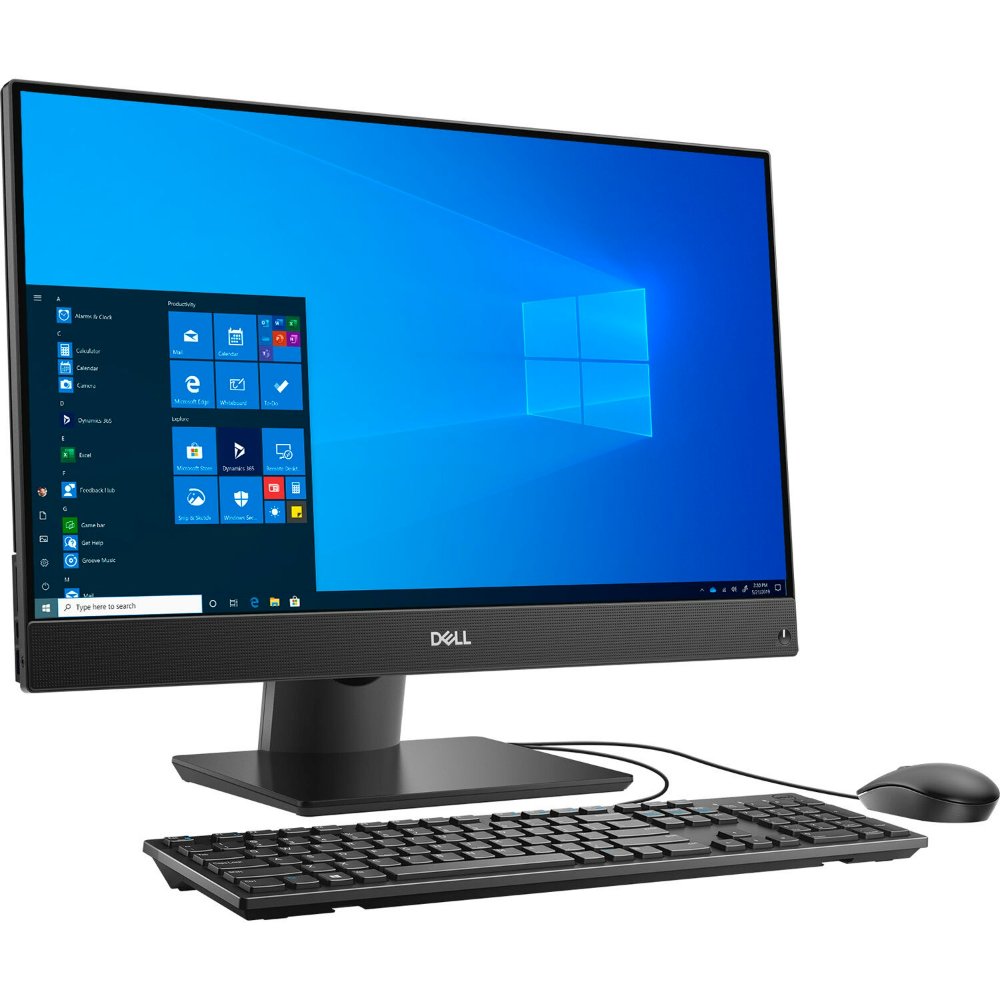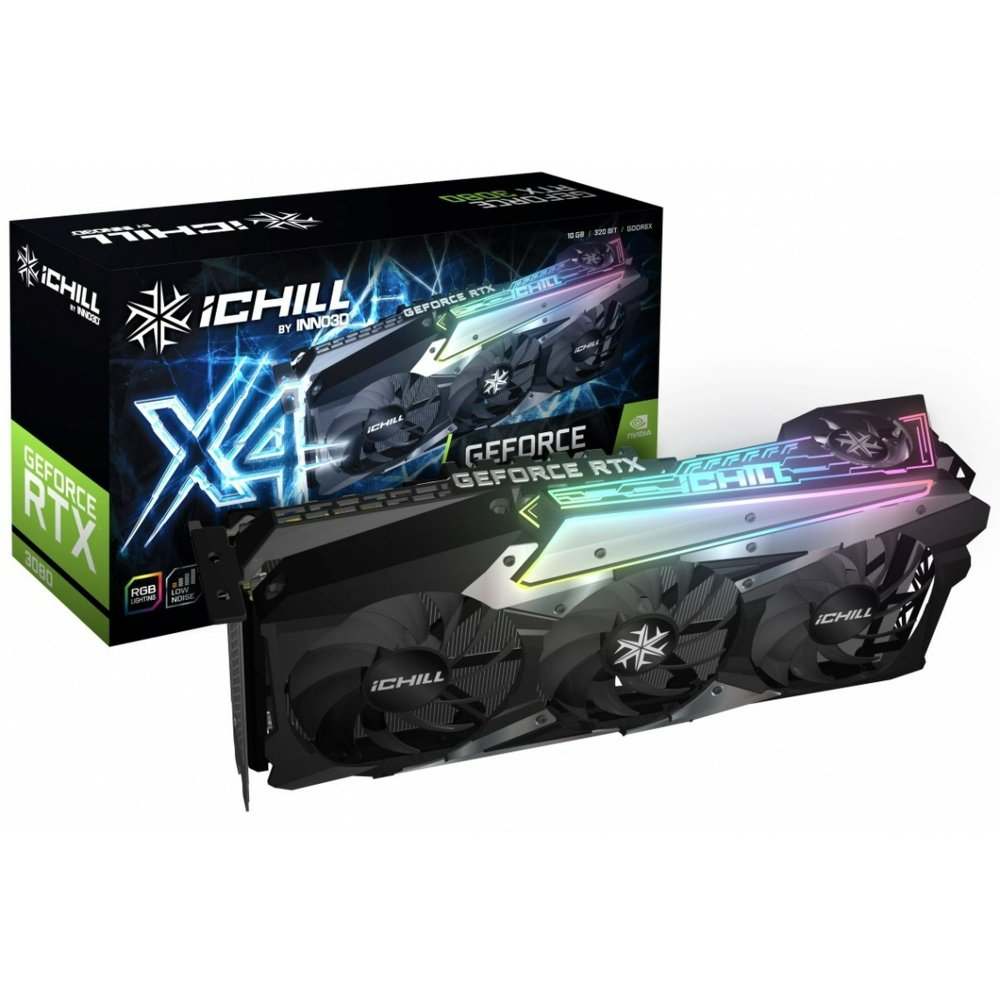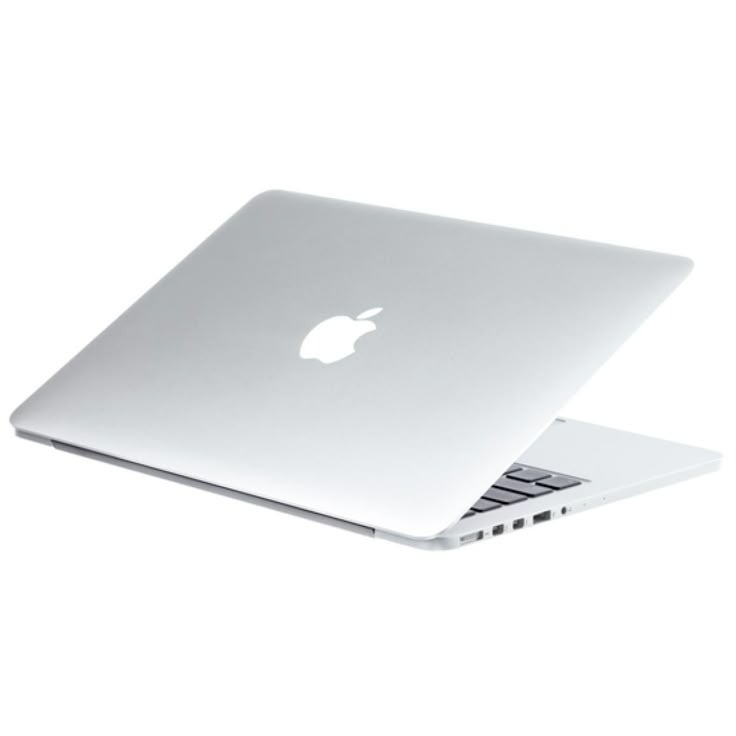Introduction to Graphics Cards
Graphics cards are essential for visual display on computers. They render images to your monitor. There are two main types: dedicated and integrated. Dedicated graphics cards are separate units with their own memory. They handle intensive tasks like gaming or video editing. Integrated graphics are built into the CPU and share system memory. They’re suitable for basic tasks but not for high-end ones.
Knowing ‘what’s my graphics card’ helps in many ways. It lets you optimize your computer for specific tasks. It also informs you about potential upgrades. Maybe you need better performance for software or games. Or perhaps your tasks are simple, and your current card is enough. Either way, understanding your graphics card is the first step.

Checking Graphics Card Details on Windows
If you’re using Windows, there are several built-in tools to help you find out ‘what’s my graphics card’. Two of the simplest and most efficient methods are the DirectX Diagnostic Tool and the Device Manager. These tools provide valuable information such as the make and model of your graphics card, the driver version, and more.
Using DirectX Diagnostic Tool
The DirectX Diagnostic Tool is a handy utility for checking the details of your graphics card. To access it, press ‘Windows + R’ on your keyboard to open the Run dialog. Type ‘dxdiag’ and hit enter. Once the tool opens, click the ‘Display’ tab. Here, you’ll find information about your GPU, including the chip type and approximate memory. This method is quick and gives you a snapshot of your card’s capabilities.
Through Device Manager
Another easy way to check your graphics card on a Windows machine is through the Device Manager. Right-click on the Start button, select ‘Device Manager’, and expand the ‘Display adapters’ section. This reveals the name of your GPU. For further details, right-click on the graphics card listed and choose ‘Properties’. The Driver tab within will show the installed driver version, helping you determine if an update is necessary.
Both methods are straightforward and provide essential information to any user wanting to know the specifics of their graphics hardware settings.
Determining Graphics Card Type on MacOS
If you own a Mac and wonder, ‘what’s my graphics card’, you’ll find two simple methods to uncover this information. MacOS provides a streamlined approach to identify your graphics card details without needing to install additional software.
About This Mac
The first method is through ‘About This Mac’. To access this, click the Apple icon on the top left of your screen, and select ‘About This Mac’. In the Overview tab, you’ll see your Mac’s general information. Click on the ‘System Report’ button to open a detailed report. Here, within the ‘Graphics/Displays’ section, your graphics card details, such as model and type (integrated or dedicated), will be displayed.
System Information Utility
Alternately, you can use the ‘System Information Utility’ for a more in-depth look at your GPU specs. Open ‘Spotlight Search’ with ‘Command + Space’, type ‘System Information’, and hit ‘Enter’. Once there, look for the ‘Graphics/Displays’ section on the left-hand side panel. Click on it to get a comprehensive breakdown of your graphics card’s capabilities, including its VRAM (video memory), manufacturer, and other pertinent specifications.
Mac users can easily identify their graphics card specs through these methods, essential for those considering performance enhancements or troubleshooting issues. Moreover, understanding whether you have an integrated or dedicated graphics card on your MacOS can be crucial for software compatibility and performance optimization.

Finding Graphics Card Info on Linux Systems
Linux users might wonder ‘what’s my graphics card’ for system upgrades, performance tuning, or software compatibility checks. Unlike Windows and MacOS, Linux offers a variety of tools to retrieve hardware information, some of which are command-line based, others with graphical interfaces, catering to different expertise levels.
Command Line Methods
For those comfortable with the terminal, Linux provides powerful command-line utilities to discover your graphics card details. The simplest way is to use the ‘lspci’ command. Open your terminal and type ‘lspci | grep VGA’, which will show you the basic details of your graphics card. For a more comprehensive overview, you can use ‘lshw -c video’, which lists hardware specifications including the driver in use.
Another important tool is ‘glxinfo’, which requires the ‘mesa-utils’ package. Install it using your package manager and run ‘glxinfo | grep OpenGL’ to see details about the GPU manufacturer and the OpenGL version it supports.
Graphical Tools for GPU Information
For those who prefer a graphical interface, Linux has options too. ‘Hardinfo’ is a system profiler and benchmark tool that provides a user-friendly way to access hardware information. Install ‘Hardinfo’ from your repository and navigate its menu to find details about your graphics card under the ‘Devices’ section.
Another graphical option is ‘GPU-Viewer’, a modern interface for viewing detailed graphical system information. It clearly displays GPU details along with driver and OpenGL information.
Using these Linux tools, both novice and advanced users can easily find out ‘what’s my graphics card’ and gain insights into their system’s graphics capabilities. This knowledge aids in software choice, troubleshooting, and efficient system use.
Understanding Dedicated vs. Integrated Graphics
When discussing ‘what’s my graphics card’, the difference between dedicated and integrated graphics is a pivotal point to consider. Each type serves different computing needs and affects the performance of your computer. Here’s a simple breakdown of the two.
Dedicated Graphics (Discrete Graphics Card)
Dedicated graphics cards are separate hardware units with their own memory, known as VRAM (video memory). They are installed into a motherboard slot and offer substantial power for processing complex visuals and 3D rendering. These cards are ideal for gaming, video editing, and graphic design because they can handle demanding tasks much better than integrated ones. Notable brands like NVIDIA and AMD are popular choices among users who opt for dedicated graphics solutions.
Integrated Graphics
Integrated graphics, on the other hand, are built into the CPU and use a portion of the system’s RAM instead of having their own dedicated VRAM. They are suitable for everyday tasks like web browsing, office applications, and video playback. Because they consume less power and generate less heat, integrated graphics are a common feature in ultrabooks and budget laptops. Although not designed for high-end gaming or professional graphic work, they can support casual gaming and basic photo editing.
Understanding whether your system uses dedicated or integrated graphics can help you determine its capability and upgrade potential. If your demands exceed what your current graphics solution offers, considering an upgrade might be wise. Conversely, if your tasks are simple, your existing setup could be sufficient.
 If you’re unsure about your computer’s performance capabilities, knowing “what’s my graphics card” is essential for gaming and design tasks.
If you’re unsure about your computer’s performance capabilities, knowing “what’s my graphics card” is essential for gaming and design tasks.
Tips for Upgrading Your Graphics Card
When it’s clear your computer needs a boost for more demanding graphics tasks, upgrading your graphics card can be the solution. Whether it’s for sharper gaming visuals, smoother video editing, or more efficient design workflows, a new GPU can make a significant difference. Follow these simple tips to ensure a successful upgrade.
Check Compatibility with Your System
Before buying a new graphics card, make sure it’s compatible with your system. Your motherboard must have the right slot, typically a PCI Express (PCIe) slot. Also, check the power supply unit (PSU) to ensure it has enough power for the new card. Some GPUs require more power and even dedicated power connectors.
Consider the Graphics Card’s Performance
Assess the performance level you need by considering the tasks you do. Gamers should look for high FPS (frames per second) support, while designers might need strong color accuracy and rendering capability. Researching benchmarks and reviews helps understand a card’s performance.
Evaluate the Space in Your Case
Graphic cards come in different sizes. Measure the available space inside your computer case to avoid investing in a GPU that doesn’t fit. Make sure there’s enough clearance and airflow to prevent overheating.
Look at the VRAM
VRAM (video memory) is critical for rendering high-res textures. More VRAM can improve performance in high-resolution settings and is particularly important for gaming at 4K resolution or using multiple monitors.
Budget for Your Needs
Set a realistic budget based on the performance you require. There’s no need to overspend on features you won’t use. You can find good options at various price points that match your computing needs.
Upgrade Drivers
After installing a new graphics card, always update its drivers. The latest drivers can improve performance and stability. They also ensure the best compatibility with the latest games and applications.
Following these tips can help you find the right graphics card that matches what’s my graphics card upgrade goals. An upgrade improves your overall computing experience and ensures that you get the most out of your graphic-intensive tasks.
Common Issues and Troubleshooting Graphics Cards
When asking ‘what’s my graphics card’, it’s often to troubleshoot issues or enhance performance. Common graphics card problems can include driver errors, overheating, and inadequate power supply. Here are some troubleshooting tips to help you resolve graphics card issues.
Driver Issues
Driver problems can lead to crashes, poor performance, or display errors. Update your drivers regularly from the manufacturer’s website. If issues persist after an update, try rolling back to a previous driver version.
Overheating
Overheating can cause shut downs or damage your GPU. Check for dust buildup in the fans and ensure your case has proper airflow. If necessary, consider upgrading your cooling system or adjusting fan speeds.
Insufficient Power Supply
A weak power supply may not give enough juice to your graphics card, causing instability. Verify that your PSU has the required wattage and connectors for your GPU. If it’s lacking, it might be time for a power supply upgrade.
Hardware Conflicts
Hardware conflicts can cause system instability. Ensure that your graphics card is properly seated in the PCIe slot and isn’t physically conflicting with other components. Also, check for BIOS updates that might solve compatibility issues.
Faulty Hardware
If all else fails, the graphics card itself might be defective. Test it in another computer if possible. If the card is broken, contacting the manufacturer for warranty or repair options is your next step.
Facing issues with ‘what’s my graphics card’ can be frustrating, but these tips can help guide you to a potential solution. However, if you’re not comfortable performing these tasks, it’s always best to consult a professional. Remember, maintaining your GPU can prolong its life and improve its performance.
Conclusion and Additional Resources
In summing up, identifying ‘what’s my graphics card’ is a critical step for any computer user looking to optimize performance or troubleshoot issues. Whether you have a Windows, MacOS, or Linux system, there are various built-in tools and methods you can use to find out details about your GPU. For Windows users, the DirectX Diagnostic Tool and Device Manager offer quick insights. Mac users can rely on ‘About This Mac’ and the ‘System Information Utility’, while Linux enthusiasts have command line utilities like ‘lspci’ and graphical tools such as ‘Hardinfo’ at their disposal.
There’s also the fundamental choice between dedicated and integrated graphics. Your needs and the intensity of tasks you perform should guide whether you stick with your current card or consider an upgrade. Should an upgrade be in order, remember to check compatibility, consider performance needs, measure the available space, evaluate the VRAM, set a budget, and update drivers to ensure the most seamless experience.
Lastly, be aware of common issues like driver errors, overheating, and inadequate power supply. Addressing these issues early can save a lot of time and prevent further problems. If troubleshooting seems overwhelming, don’t hesitate to seek professional help.
For those looking to delve deeper into the topic or needing guidance on specific problems, there are plentiful resources online. Many forums, tech blogs, and manufacturer websites offer extensive guides and tools to help you get to grips with your graphics card questions. Always make sure to get information from reliable sources and keep your knowledge up to date, as the world of technology is always advancing. Armed with the right information and tools, you’ll be well on your way to mastering your computer’s graphic capabilities. Remember, knowing your graphics card is not just about solving problems — it’s also about unlocking the full potential of your system’s visual performance.
